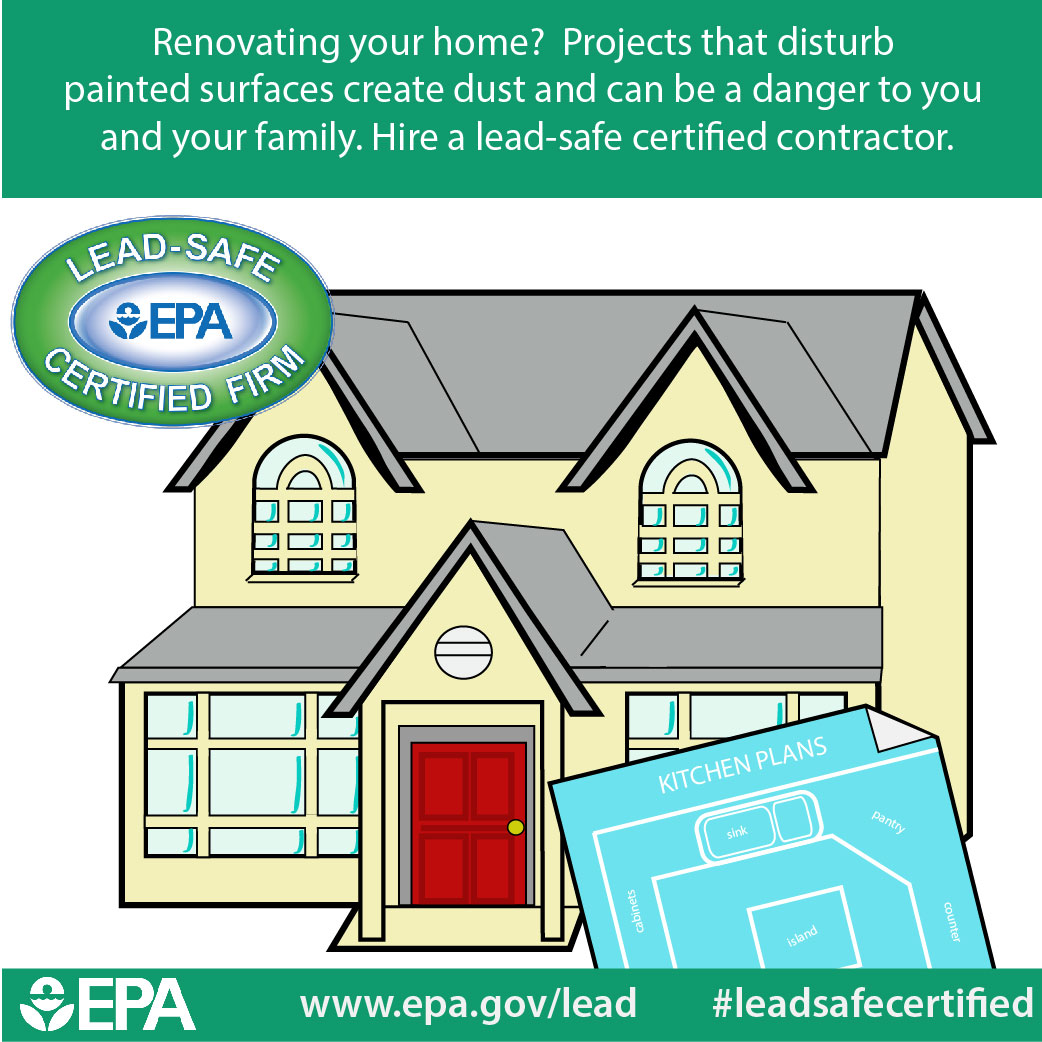Comprehending Seasonal Influences On Commercial Outside Paint: Crucial Expertise For Success
Comprehending Seasonal Influences On Commercial Outside Paint: Crucial Expertise For Success
Blog Article
Developed By-McLamb Celik
When you're planning a commercial exterior painting task, seasonal aspects can make or break your outcomes. You'll want to take into consideration exactly how temperature level and humidity effect paint application and drying times. Picking the appropriate period can guarantee your paint adheres effectively and lasts much longer. But which periods are truly the best for this type of job? Allow's check out the key elements that can affect your project's success.
The Influence of Temperature Level on Paint Application
When you're preparing a business external painting job, the temperature level can considerably impact just how well the paint adheres and dries out.
Ideally, you intend to paint when temperature levels range between 50 ° F and 85 ° F. If it's also chilly, the paint might not cure effectively, leading to problems like peeling off or splitting.
On the flip side, if it's also hot, the paint can dry too swiftly, avoiding correct attachment and leading to an uneven surface.
You must likewise consider the time of day; early morning or late afternoon supplies cooler temperature levels, which can be a lot more favorable.
Always inspect the maker's suggestions for the particular paint you're utilizing, as they frequently provide support on the optimal temperature array for optimum outcomes.
Moisture and Its Effect on Drying Times
Temperature level isn't the only ecological element that affects your commercial exterior painting task; moisture plays a considerable role too. Get More Information can slow down drying out times drastically, influencing the overall high quality of your paint job.
When the air is saturated with dampness, the paint takes longer to treat, which can bring about issues like bad adhesion and a higher threat of mold development. If corporate painters on an especially humid day, be planned for prolonged wait times in between layers.
It's essential to check neighborhood weather conditions and strategy accordingly. Ideally, aim for humidity degrees in between 40% and 70% for optimal drying.
Keeping these factors in mind ensures your task remains on track and provides an enduring coating.
Best Seasons for Commercial Outside Paint Projects
What's the most effective season for your business external painting projects?
Springtime and early loss are typically your best choices. During these seasons, temperature levels are moderate, and moisture degrees are frequently reduced, creating perfect conditions for paint application and drying out.
Avoid summer's intense heat, which can trigger paint to dry also promptly, causing bad adhesion and coating. In a similar way, wintertime's chilly temperatures can impede appropriate drying and healing, risking the durability of your paint work.
Go for days with temperatures between 50 ° F and 85 ° F for ideal results. Keep in mind to inspect the local weather forecast for rainfall, as wet problems can wreck your task.
Planning around these elements ensures your painting project runs efficiently and lasts longer.
Conclusion
Finally, planning your industrial external paint tasks around seasonal considerations can make a substantial distinction in the result. By organizing work during the perfect temperature levels and moisture levels, you'll guarantee better adhesion and drying out times. Remember to keep an eye on local weather prediction and choose the right time of year-- spring and very early loss are your best choices. Taking these actions will certainly aid you accomplish a sturdy and professional finish that lasts.
